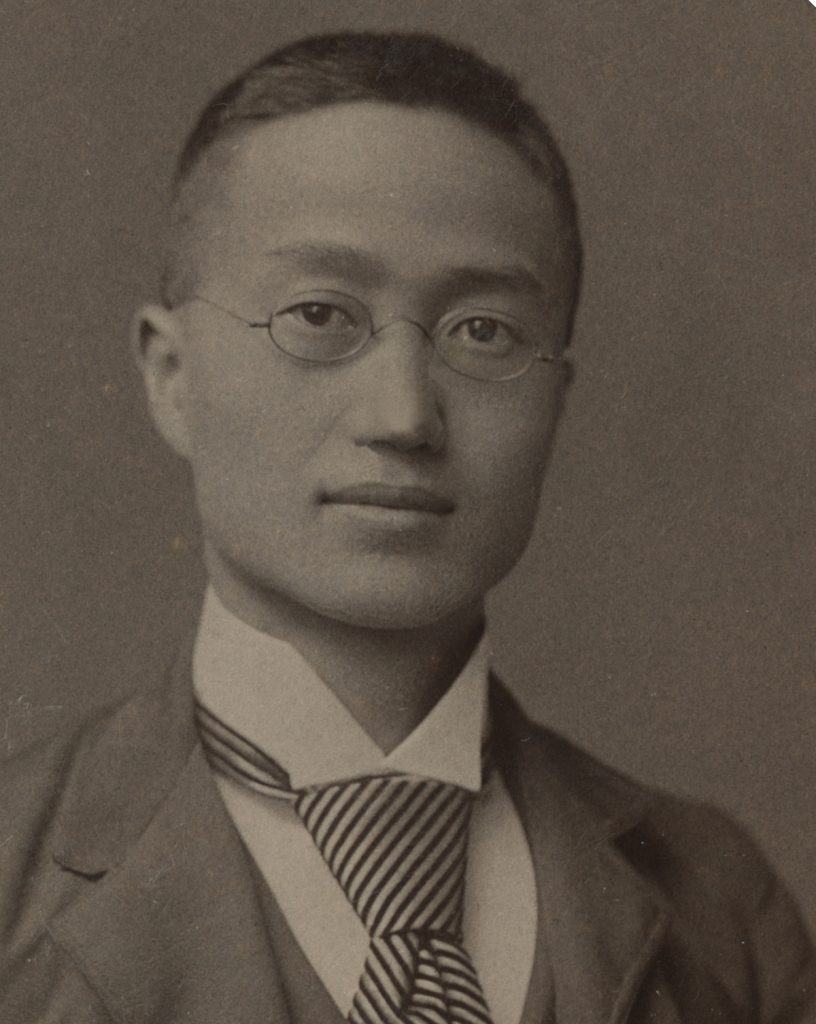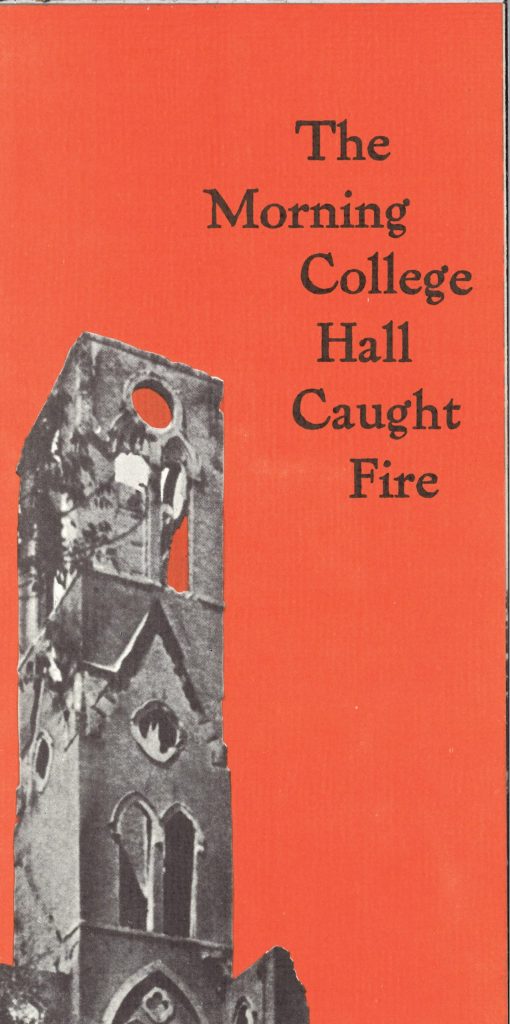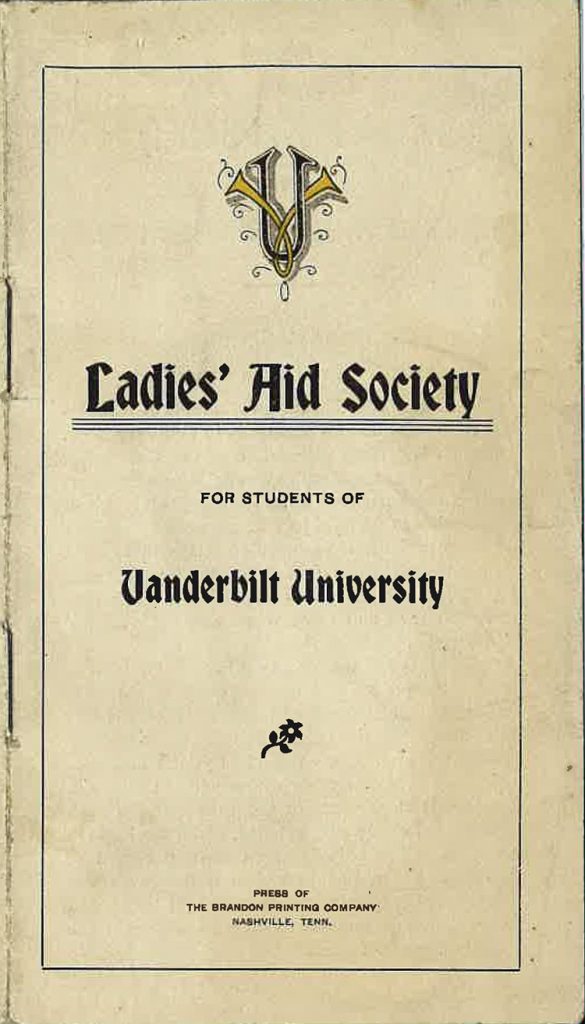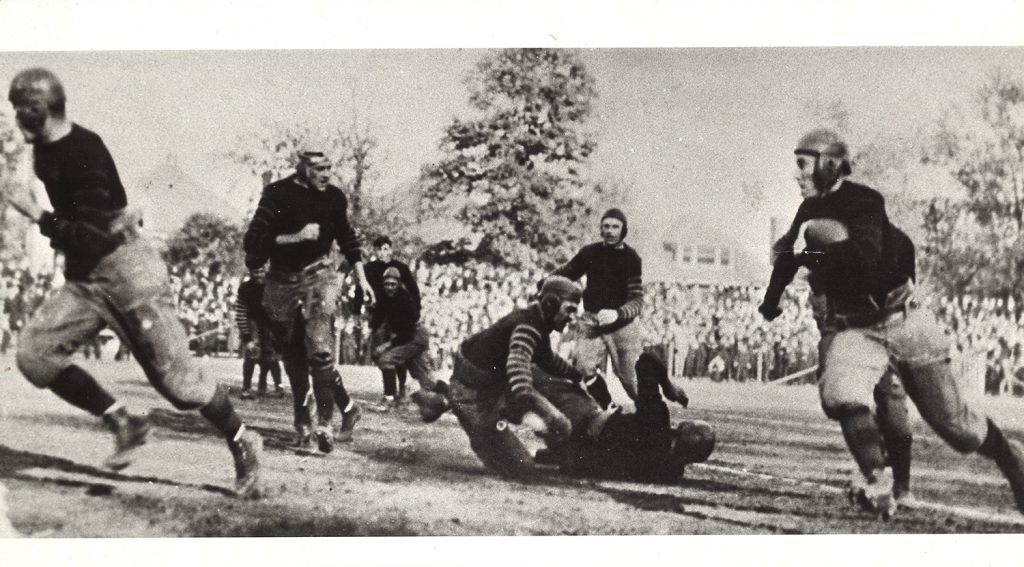Buchanan Library Fellowship
Buchanan Library Fellowship
The Buchanan Library Fellowship program supports hands-on student learning opportunities that build desirable skills and deepen students’ understanding of resources and services in Vanderbilt Libraries. With a focus on undergraduate instruction, the program connects faculty and professional librarians with students to work on experiential library projects and present their work at the end of their fellowship. Fellows learn new skills, earn a stipend, and participate in experiences that add to their expertise and resumes. Projects may involve curating a physical or online exhibition, creating multimedia such as podcasts or videos, contributing new research via academic outputs (e.g. research poster, academic databases, or writing an article) or expanding technology and data skills. Through the Buchanan Library Fellowship program, the Vanderbilt libraries promote student research and experiential learning. Since 2010, the fellowship program has awarded fellowships to over 250 students.
Taking Root: Vanderbilt University’s First Decade, 1875-1885
In his 2010 book, The Next Decade, geopolitical forecaster George Friedman claimed, “A century is about events. A decade is about people.” Vanderbilt University’s formative years, 1875-1885, are such an example. Utilizing Cornelius Vanderbilt’s generous endowment, faculty experimented with the newest education and scientific advances from elite institutions across the US and Europe to further both student success and academic scholarship. The initial equipment, curriculum, and campus of the university embody this aim best. Meanwhile, staff persevered under systemic shortfalls, and students drawn from the midwest and South grappled with issues like Methodism, evolution, and autonomy. Vanderbilt emerged as an institution built upon productive paradoxes and conflicts—some of which continue today in modified forms. These changes remarkably resembled those throughout the nation during the Gilded Age (1865-1914) whereby religious, racial, and economic networks evolved and coalesced through a tenuous balancing of continuity and evolution. While participants in a time of great inequity and wealth accumulation, the people of Vanderbilt’s first Gilded Age decade also served as catalysts for more progressive trends in the years to come. One such trend, though slow and never fully achieved to this day, was the healing reunification of the nation—Cornelius Vanderbilt’s one philanthropic mission.
View the exhibit online.

H. P. Whinnery
J. W. Lewis & Co.
1880. Ink on Paper
Vanderbilt University Special Collections

1914. Reproduction
Vanderbilt University Special Collections
Building a University: Vanderbilt’s Second Decade, 1885-1895
Vanderbilt’s second decade, 1886-1895, was a time of rapid change for the fledgling university. There was a rising population of female and international students, as well as broadening of extracurriculars such as athletics, Greek organizations, and student clubs. Figures such as Charles Soong and Stella Vaughn created lasting legacies at the university during this decade for their prolific and influential work. The longest running student publications, the Comet (later renamed The Commodore) and The Hustler, Vanderbilt’s student newspaper, were founded in 1887 and 1888, respectively. The first form of student government – the West Side Court – was established a few years later in 1891 to adjudicate disputes between young men living in the six dormitory cottages which made up West Side Row. Modern student life harkens back to the student experiences first witnessed during this decade.
View the exhibit online.

Thuss Studio
May 30, 1891
Vanderbilt University Photographic Archives

Henrietta Hickman
Circa 1890s
Stella and William Vaughn Collection, Vanderbilt University Special Collections
Coming of Age: Vanderbilt’s Third Decade, 1895-1905
The decade of 1895-1905 marked a period of rapid expansion for Vanderbilt University which brought about the transformation of the institution into a modern university. As the new chancellor, James Kirkland brought a series of reforms to the community: a uniform educational standard, reorganization of academic departments, and the university’s recovery from the national financial crisis of 1893. Support staff became more integral to campus life through their personal relationships with students. Student life was invigorated through fraternities, student publications, and a growing number of social clubs. Led by women, the Woman’s Club and the Vanderbilt Aid Society helped bring about an institution committed to making education accessible to a wider audience. As these organizations expanded, a larger, more geographically diverse group of female students began to attend the university. By the end of the third decade, however, Vanderbilt faced its biggest challenge: a fire that destroyed College Hall and the much of the campus library.
View the exhibit online.

Nashville, TN: Vanderbilt Development Foundation
1961-62
Kirkland Hall Subject File
Vanderbilt University Special Collections

Nashville, TN: Press of the Brandon Printing Company
Circa 1899
James H. Kirkland Papers
Vanderbilt University Special Collections
New Frontiers: Vanderbilt’s Fourth Decade, 1905-1915
Entering its fourth decade, Vanderbilt faced the uphill battle of gaining national prestige and leveraged opportunities to build a national identity. During this transformation, its community grappled with religion, morality, and student engagement. Key to this was Chancellor James Kirkland’s pivotal move to separate from the Episcopal Methodist Church, South, establishing a secular university in 1914. Simultaneously, Vanderbilt initiated a collaborative relationship with a newly-established neighbor, George Peabody College for Teachers. Amidst these changes, student life evolved as Vandy’s football team became nationally competitive, and literary societies flourished as a means for students to share their voices. By the end of this decade, Vanderbilt boldly took its first steps onto the national stage.
View the exhibit online.


